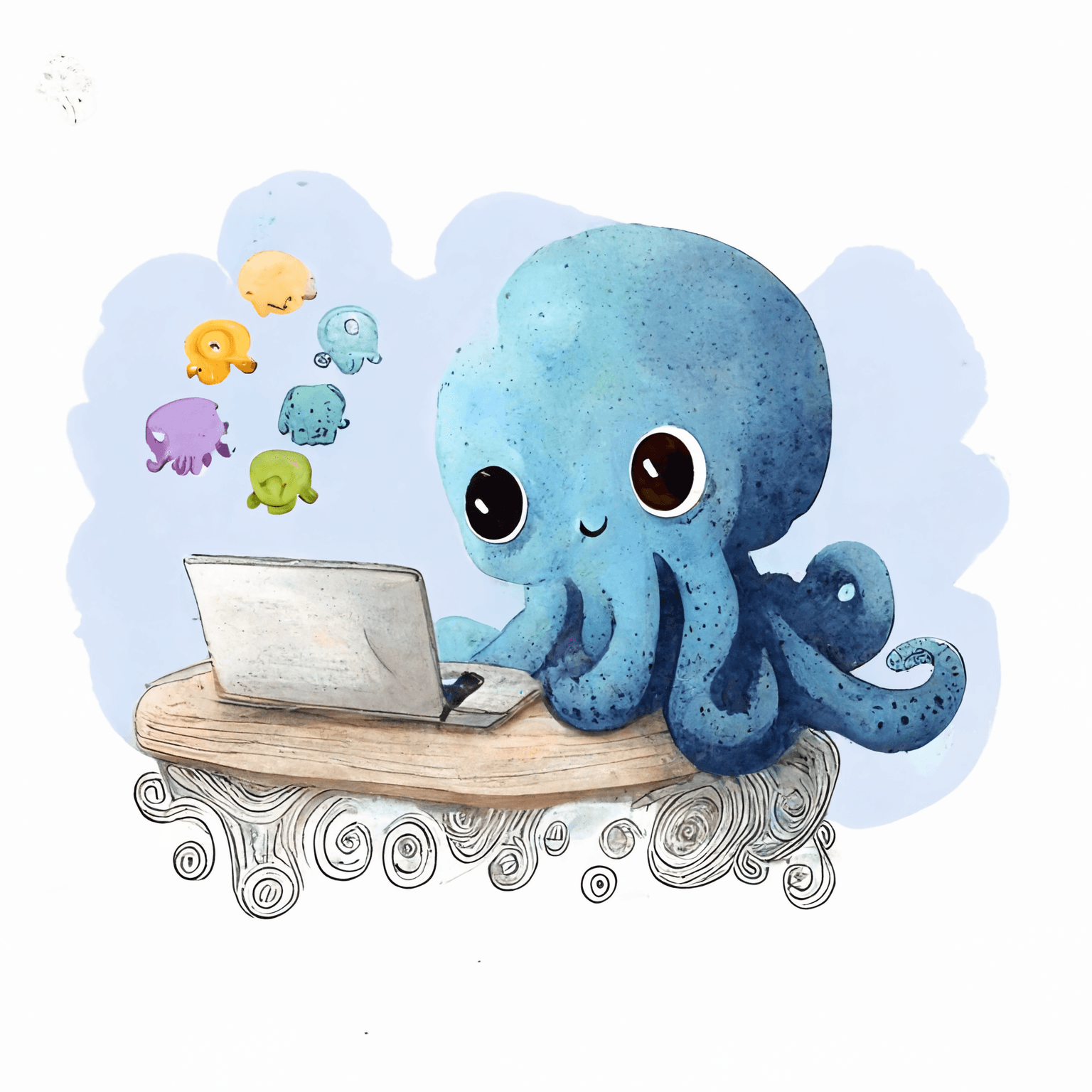Crafting a Compelling Plot for Children's Picture Books: A Guide for Authors
Writing a compelling plot for a children's picture book can be challenging. Not only do you get to create a story that can capture the imagination of young readers, but you also have the opportunity to teach valuable lessons and inspire creativity. One of the most important aspects of a children's book is the plot, which drives the story forward and keeps readers engaged. In this article, we'll discuss how to develop a compelling and unique plot for a children's picture book, focusing on key elements such as concept, structure, and avoiding the dreaded cliches.
Starting with a Strong Concept
Every great story starts with a strong concept, and this is especially true for children's books. A good concept will not only help you develop a compelling plot but will also make your book stand out from the crowd. When brainstorming concepts, think about what makes your story unique and why kids will want to read it. Some good questions to ask yourself include:
- What is the central conflict of the story?
- Who is the protagonist, and what makes them unique?
- What is the setting of the story, and how can you use it to create a vivid and immersive world?
- What themes do you want to explore, and how can you do so in a way that is accessible and engaging for young readers?
By answering these questions and developing a strong concept, you'll have a solid foundation for your plot.
Keeping it Simple
Children's picture books are typically short and simple, with a clear beginning, middle, and end. It's important to keep the plot streamlined and focused on one central conflict. Too many subplots or distractions can confuse young readers and detract from the main story. When developing your plot, think about the key events that need to happen to move the story forward and focus on those.
Understanding the Five Elements of Story Structure
While every story is unique, most follow a basic structure that includes five key elements: exposition, rising action, climax, falling action, and resolution. Understanding these elements can help you develop a compelling and coherent plot for your children's book.
Exposition
This is the beginning of the story where you introduce the setting, characters, and any relevant background information. It's important to make this section engaging and interesting to draw in young readers and set the stage for the rest of the story.
Rising Action
This is the part of the story where the conflict is introduced and tension begins to build. The protagonist faces obstacles and challenges that increase in intensity as the story progresses. It's important to keep readers engaged during this section and make them invested in the outcome of the story.
Climax
This is the turning point of the story where the conflict reaches its peak. It's the most exciting and dramatic part of the story and is often the most memorable for readers. It's important to build up to the climax and make it satisfying for readers.
Falling Action
This is the section of the story where the tension starts to ease and the protagonist begins to resolve the conflict. It's important to use this section to tie up loose ends and give readers a sense of closure.
Resolution
This is the end of the story where the conflict is fully resolved and the protagonist has reached their goal. It's important to make the resolution satisfying for readers and leave them with a positive message or takeaway.
Adding Twists and Surprises
While you want to keep the plot simple, that doesn't mean it should be predictable. Adding twists and surprises can keep readers engaged and interested, even in a relatively straightforward story. Think about ways to subvert expectations or add unexpected elements that will keep readers guessing.
Using Vivid Imagery
Children's picture books rely heavily on illustrations, but that doesn't mean you should neglect the text. Use vivid language and descriptive details to create a rich and immersive world. When describing characters, settings, or events, think about how you can use language to create a vivid mental picture in the reader's mind. By doing so, you can create a world that is both engaging and memorable.
Avoiding Cliches
Children's picture books often rely on familiar themes and tropes, but that doesn't mean you have to be predictable. Avoiding common cliches and looking for fresh angles on familiar topics can help your book stand out from the crowd. Some common cliches to avoid include:
The magical journey
While journeys can be compelling, they can also be overdone. Think carefully about whether a journey is the best way to tell your story.
The misfit hero
While stories about misfits can be relatable, they can also be cliche. Look for ways to make your hero unique and interesting.
The moral lesson
While it's important for children's books to have positive messages, be careful not to be too heavy-handed. Kids will tune out if they feel like they're being lectured.
The predictable ending
Kids are smart and can often predict what's going to happen next. Look for ways to surprise them and keep them engaged.
Ready to take your children's book plot to the next level?
Sign up for a free trial of Made Live today! Our AI-powered software can help you develop a compelling and unique plot for your children's book, complete with vivid imagery and engaging twists and surprises. With our easy-to-use tools, you can streamline the writing process and maximize distribution options to sell more books. Whether you're a seasoned author or just starting out, Made Live is the perfect tool to help you bring your children's book to life. Sign up for a free trial today and see the difference for yourself!




